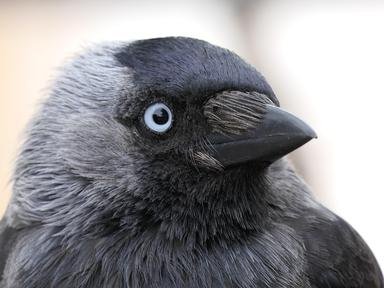Quiz Answer Key and Fun Facts
1. The ruddy duck was not native to the British Isles but was an introduced species.
In which of these regions is the ruddy duck an indigenous species?
2. The ruddy duck is a diving duck belonging to which family?
3. Which colour is the bill of the male ruddy duck?
4. Ruddy ducks first began breeding in Britain during the 1940/50s. These ducks were almost certainly escapees from the Slimbridge bird reserve in Gloucestershire.
Which famous naturalist developed this site on the River Severn estuary?
5. The ruddy duck was not alone in being an introduced species of waterfowl.
Which of these ducks was also accidentally introduced into Britain?
6. Why was it thought necessary to destroy all of the ruddy ducks in Britain?
7. The Royal Society for the Protection of Birds (RSPB) is the biggest and one of the most vociferous of Britain's conservation bodies.
Which of these phrases described the official position of the RSPB over the culling of the ruddy duck?
8. There had been a precedent for the eradication of a non-native species in Britain. Which one of these species is now no longer found living wild in the British countryside?
9. Which of these was the main method employed in eradicating the ruddy duck?
10. A minor inconvenience caused by the eradication programme was that one bird organisation had to change its logo from the ruddy duck to the grey heron.
Which of these organisations was forced to make the change?
Source: Author
Mutchisman
This quiz was reviewed by FunTrivia editor
crisw before going online.
Any errors found in FunTrivia content are routinely corrected through our feedback system.
